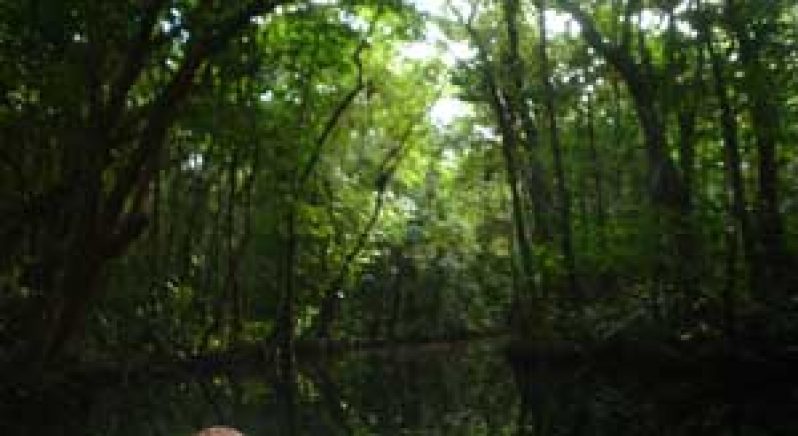LOCATED in the swamps and marshes of the low-lying coastlands situated between the Barima and Pomeroon Rivers and their tributaries, the tranquil, almost sleepy village of Assakata in Region One (Barima/Waini) lies alongside the Assakata Creek on the left banks of the Biara and Baramanni Rivers, and the right bank of the Waini.
With a population of merely 300 residents, the village is 36 miles away from Santa Rosa, home of the largest Amerindian community in Guyana.
Convoluted travel
Getting to Assakata involves travelling from Charity to the mouth of the Pomeroon River, then into the Atlantic, then into the Moruca River, past Waramuri, past the twenty small and scattered islands which comprise Santa Rosa, past Kumaka, and then negotiating the 99 turns of the river at an area named Dark Bush to reach the Biara River.
 |
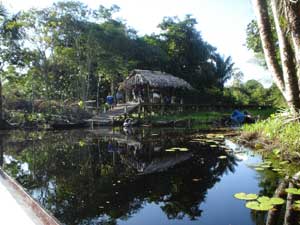 |
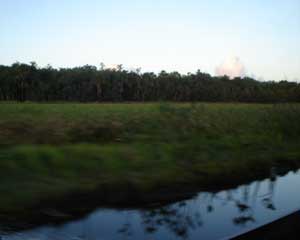 |
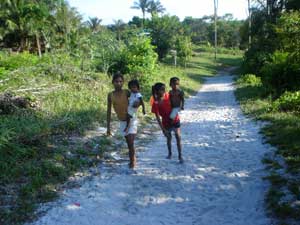 |
Welcome to Assakata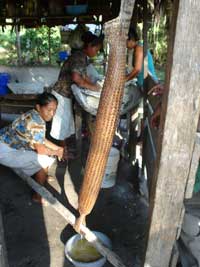 The village itself lies about two miles inland from the Biara River, and can be reached by boat only through the narrow Assakata Creek, which, in some areas along the route, is made cool and dark by tall, overarching and overhanging trees.
The village itself lies about two miles inland from the Biara River, and can be reached by boat only through the narrow Assakata Creek, which, in some areas along the route, is made cool and dark by tall, overarching and overhanging trees.
At Assakata, there are still homes roofed with the leaves of the truli palm, but quite a few well-painted wooden homes with zinc roofs exist there.
The village has a primary school, a health centre, and an Assembly of God church.
Modernity in also gradually overtaking Assakata with the solar-powered panels distributed by Government under the Low Carbon Development Strategy (LCDS), which provide lighting for the homes in the village.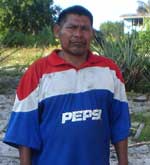
Economy
Farming and hunting are the main economic activities at Assakata, and the nearest markets for these produce are Kumaka, Santa Rosa and Port Kaituma.
Typical of such villages, cassava bread is a staple food; and most, if not all, of the homes have the trough, the matapee, and the other utensils used to manufacture cassava bread.
Assakata residents are also expert casareep makers, utilizing the by-products of the bitter cassava.
The “wild meat” hunted includes labba; agoutie; wild hogs; tapirs, locally called bush cows; deer, turtles, and birds such as the powis.
Fish in the surrounding swamplands and neighbouring rivers include the hassar, cuirass and morocut.
Quite a few of the males at Assakata are involved in harvesting the heart-of-palm for sale to the AMCAR Company, a French-owned operation which has been in business in Guyana’s North West District since 1987. AMCAR buys the heart-of-palm from the free-lance cutters at Assakata either directly or through buying agents located at s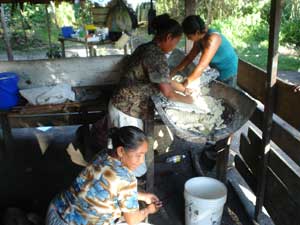 trategic points in the various rivers, then processes and cans them for shipment to Georgetown, where the cans are labelled and examined by customs officers prior to being exported to Europe.
trategic points in the various rivers, then processes and cans them for shipment to Georgetown, where the cans are labelled and examined by customs officers prior to being exported to Europe.
Transportation
The dugout canoe remains the main means of transportation in this somewhat isolated village in the swamplands of the North West District. It was quite an interesting sight to a coastlander like me to see children in school uniforms paddle their way to and from school, in many cases without any apparent adult supervision.




.jpg)





